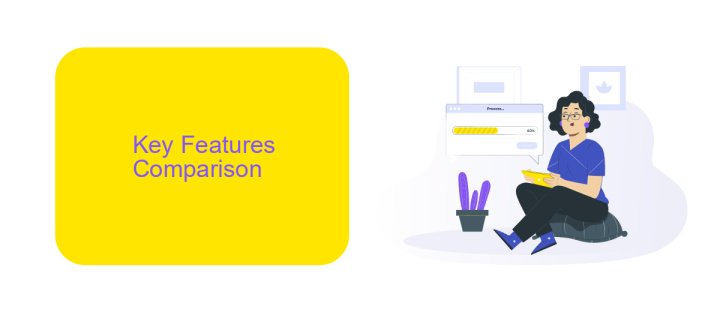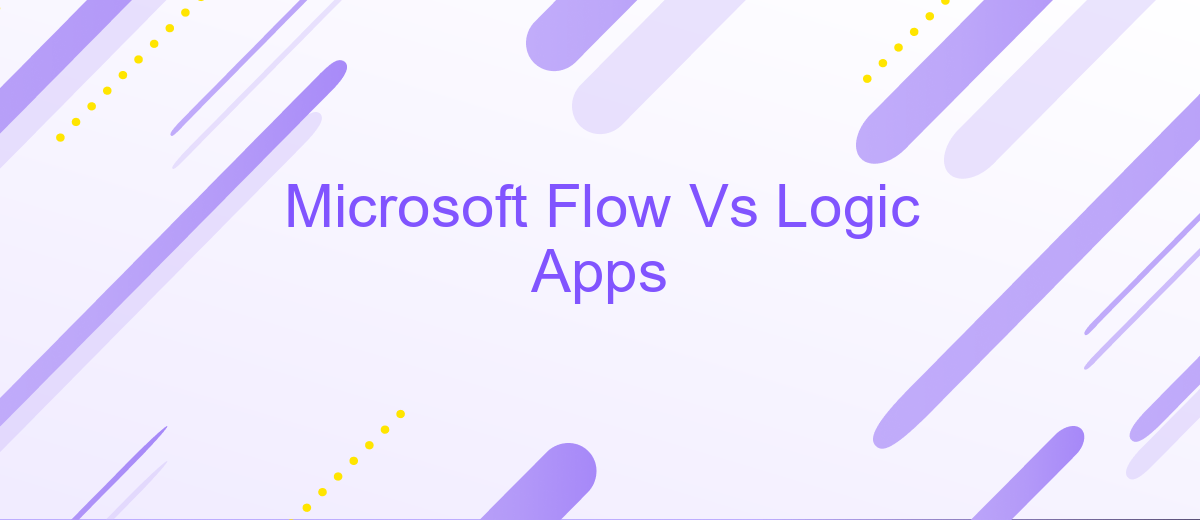Microsoft Flow Vs Logic Apps
When it comes to automating workflows and integrating services, Microsoft offers two powerful tools: Microsoft Flow (now known as Power Automate) and Azure Logic Apps. Both platforms provide robust capabilities for streamlining business processes, but they cater to different needs and user expertise. This article will explore the key differences, strengths, and use cases of Microsoft Flow and Logic Apps.
Introduction
Microsoft Flow (now known as Power Automate) and Logic Apps are two powerful tools offered by Microsoft for automating workflows and integrating various services. Both tools enable users to streamline processes, reduce manual tasks, and connect different applications seamlessly. However, choosing between the two can be challenging, as each has its own unique features and use cases.
- Microsoft Flow (Power Automate): Designed for individual users and small teams, offering a user-friendly interface and pre-built templates.
- Logic Apps: Aimed at developers and IT professionals, providing advanced capabilities for complex integrations and enterprise-level workflows.
When evaluating these tools, it's essential to consider factors such as ease of use, scalability, and specific integration needs. For instance, services like ApiX-Drive can further enhance your automation efforts by providing additional integration options and simplifying the connection process between various applications. Understanding the strengths and limitations of both Microsoft Flow and Logic Apps will help you make an informed decision tailored to your requirements.
Key Features Comparison

Microsoft Flow, now known as Power Automate, and Logic Apps both offer robust automation capabilities, but they cater to different user bases. Power Automate is designed with a user-friendly interface, making it ideal for business users who need to automate workflows without deep technical knowledge. It provides a wide range of pre-built templates and connectors for popular services like Office 365, Dynamics 365, and more, enabling quick setup and deployment.
On the other hand, Logic Apps is geared towards developers and IT professionals, offering more advanced integration capabilities. It supports complex workflows and allows for extensive customization through Azure's ecosystem. Logic Apps also provides built-in support for enterprise-level integrations, including B2B processes and API management. For those looking to streamline integrations further, services like ApiX-Drive can be invaluable, offering additional connectors and simplifying the integration process between various platforms and applications.
Use Cases

Microsoft Flow and Logic Apps are powerful tools for automating workflows and integrating various services. They cater to different use cases, providing flexibility and efficiency for businesses of all sizes.
- Automating Routine Tasks: Both tools can automate repetitive tasks such as data entry, notifications, and approvals, freeing up valuable time for employees.
- Integrating Services: With Logic Apps, you can connect multiple services and applications seamlessly. For instance, integrating CRM systems with email marketing tools or social media platforms.
- Complex Workflows: Logic Apps is ideal for creating complex workflows that require conditional logic and multiple steps, making it suitable for enterprise-level solutions.
- Real-time Data Processing: Microsoft Flow can be used to process data in real-time, ensuring that critical information is always up-to-date and accessible.
- Third-Party Integrations: Tools like ApiX-Drive can be integrated with both Microsoft Flow and Logic Apps to further enhance connectivity and streamline integrations.
In summary, whether you need to automate simple tasks or design intricate workflows, Microsoft Flow and Logic Apps offer versatile solutions. By leveraging third-party services like ApiX-Drive, you can maximize the potential of these tools, ensuring seamless integration and efficiency in your business processes.
Pricing

When comparing Microsoft Flow and Logic Apps, pricing is a critical factor to consider. Both services offer different pricing models that cater to various needs and budgets. Microsoft Flow, now known as Power Automate, primarily uses a per-user pricing model. This model is suitable for individual users or small teams who need to automate tasks without significant overhead costs.
On the other hand, Logic Apps uses a consumption-based pricing model. This means you pay for what you use, making it ideal for larger organizations with fluctuating workloads. This model can be more cost-effective for enterprises that require scalability and flexibility in their automation processes.
- Power Automate: Per-user pricing starting from per user/month.
- Logic Apps: Consumption-based pricing, starting at #apix_subkey-3-section-html#.000025 per action.
- ApiX-Drive: Flexible integration options with transparent pricing.
Choosing between Microsoft Flow and Logic Apps depends on your specific needs, usage patterns, and budget. For those who require seamless integrations, services like ApiX-Drive can complement these tools by offering efficient and cost-effective integration solutions.
Conclusion
Both Microsoft Flow and Logic Apps offer robust solutions for automating workflows, each catering to different user needs. Microsoft Flow, now known as Power Automate, is particularly user-friendly and designed for business users who may not have extensive coding experience. On the other hand, Logic Apps are more suited for developers and IT professionals who need advanced integration capabilities and are comfortable with more complex configurations.
When choosing between the two, consider your team's technical expertise and the complexity of the workflows you need to automate. For simpler, user-driven tasks, Power Automate is an excellent choice. However, for more intricate and large-scale integrations, Logic Apps provide the necessary power and flexibility. Additionally, services like ApiX-Drive can further simplify the process of setting up integrations, offering an easy-to-use platform that bridges various applications and automates data flows seamlessly.


FAQ
What is the primary difference between Microsoft Flow and Logic Apps?
Can I use both Microsoft Flow and Logic Apps together?
Are there any cost differences between Microsoft Flow and Logic Apps?
Do both Microsoft Flow and Logic Apps support third-party integrations?
Which tool is better for non-developers?
Do you want to achieve your goals in business, career and life faster and better? Do it with ApiX-Drive – a tool that will remove a significant part of the routine from workflows and free up additional time to achieve your goals. Test the capabilities of Apix-Drive for free – see for yourself the effectiveness of the tool.

